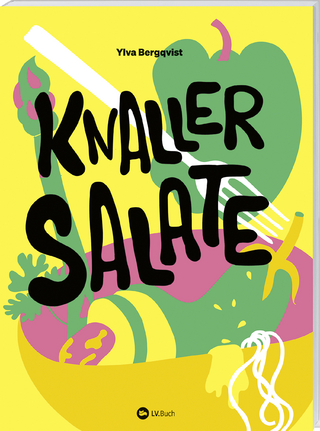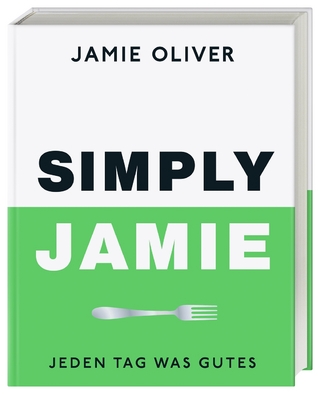
Wild Mushrooms
New Society Publishers (Verlag)
978-0-86571-886-9 (ISBN)
- Titel wird leider nicht erscheinen
- Artikel merken
Fun, informative, practical - whether or not you put your mushroom where your mouth is! Wild mushrooms have been part of the human diet for centuries, and add a tasty, healthful kick to any meal. But how to overcome fear and uncertainty when foraging? Once you know what to look for, the thousands of good guys and handful of deadly poisonous bad guys are as easy to distinguish as iceberg lettuce from cabbage.
In this irreverent yet irrefutable guide to mushroom hunting, author Alan Muskat addresses the most common misconceptions about mushrooms, as well as many questions left unanswered by the top-selling identification books. Yet this is no "field guide"; as Muskat explains, the only good field guide is one with two legs. Instead, Muskat covers important nuances like the difference between "poisonous" and "not edible," or "edible" and "edible with caution". After all, every mushroom is edible - once.
Uniquely down to earth and entertaining, Wild Mushrooms speaks to health enthusiasts, foodies, new and fearless foragers, and armchair naturalists alike. Whether to save money, escape the system, or just for fun, foraging has universal appeal. It's a return to our hunter-gatherer roots, and the original "shopping spree!"
Alan Muskat founded the first forage-to-table tour company in the country, No Taste Like Home. He launched the first wild foods public education program on the continent, and runs one of the largest foraging tour companies in the world. He has appeared in a variety of major media, and is also the author of Haggadah Vita and Coming Home. He lives in Asheville, North Carolina.
Introduction
PART 1: EDIBILITY
Aren't most mushrooms poisonous?
Don't a lot of the edible mushrooms have poisonous look alikes?
What about those experts that you hear about in the news killing
themselves?
What's the difference between "poisonous" and "not edible?"
What about when it says "poisonous to some" or "edible with caution?"
What does "edibility unknown" mean?
Why don't I just be normal and stay away from wild mushrooms?
So how can I be careful eating mushrooms?
Is it really necessary to cook mushrooms?
PART 2: GATHERING
When should I go mushroom hunting?
Where should I go mushroom hunting?
What do I take with me?
What are some safety precautions and guidelines for gathering mushrooms?
Is it safe to touch or smell poisonous mushrooms?
Why is my mushroom moving?
What do mushrooms eat?
Can you hurt the mushroom population by gathering them?
PART 3: IDENTIFICATION
Aren't you going to explain how to identify a mushroom?
What's a "spore print?".
Aren't there any rules-of-thumb about edibility?
What are the top ten wild mushrooms to look for?
PART 4: SERVING
AND PRESERVING
How do I store wild mushrooms?
How do I cook mushrooms?
What nutritional value do mushrooms have?
APPENDIX
Why am I doing this?
So what field guides do you recommend?
What's available online?
Help!
Notes and credits
| Erscheint lt. Verlag | 27.9.2018 |
|---|---|
| Zusatzinfo | Illustrations, unspecified |
| Verlagsort | Gabriola Island |
| Sprache | englisch |
| Maße | 191 x 229 mm |
| Gewicht | 432 g |
| Themenwelt | Sachbuch/Ratgeber ► Essen / Trinken ► Themenkochbücher |
| Sachbuch/Ratgeber ► Gesundheit / Leben / Psychologie | |
| Sachbuch/Ratgeber ► Natur / Technik ► Natur / Ökologie | |
| Naturwissenschaften ► Biologie ► Mykologie | |
| Naturwissenschaften ► Biologie ► Ökologie / Naturschutz | |
| ISBN-10 | 0-86571-886-5 / 0865718865 |
| ISBN-13 | 978-0-86571-886-9 / 9780865718869 |
| Zustand | Neuware |
| Haben Sie eine Frage zum Produkt? |
aus dem Bereich


